About Green Tip Tea (Xinyang Maojian) 2024
Xinyang Maojian is a well-known Chinese green tea produced in Xinyang City, Henan province. It is made using one bud with one, two or three leaves, according to the grade. The dry tea leaves are straight, thin and evenly shaped, and covered with abundant white fuzz.
Our Xingyang Maojian is Yuqian tea with high grade made from leaves picked before the Grain Rain (19, 20 or 21 April). Temperatures during this period are high, which causes the tea leaves to grow relatively fast; the leaves are also rich in accumulated substances. The taste is normally very fresh with a strong, invigorating aroma and a sweet lingering fragrance.




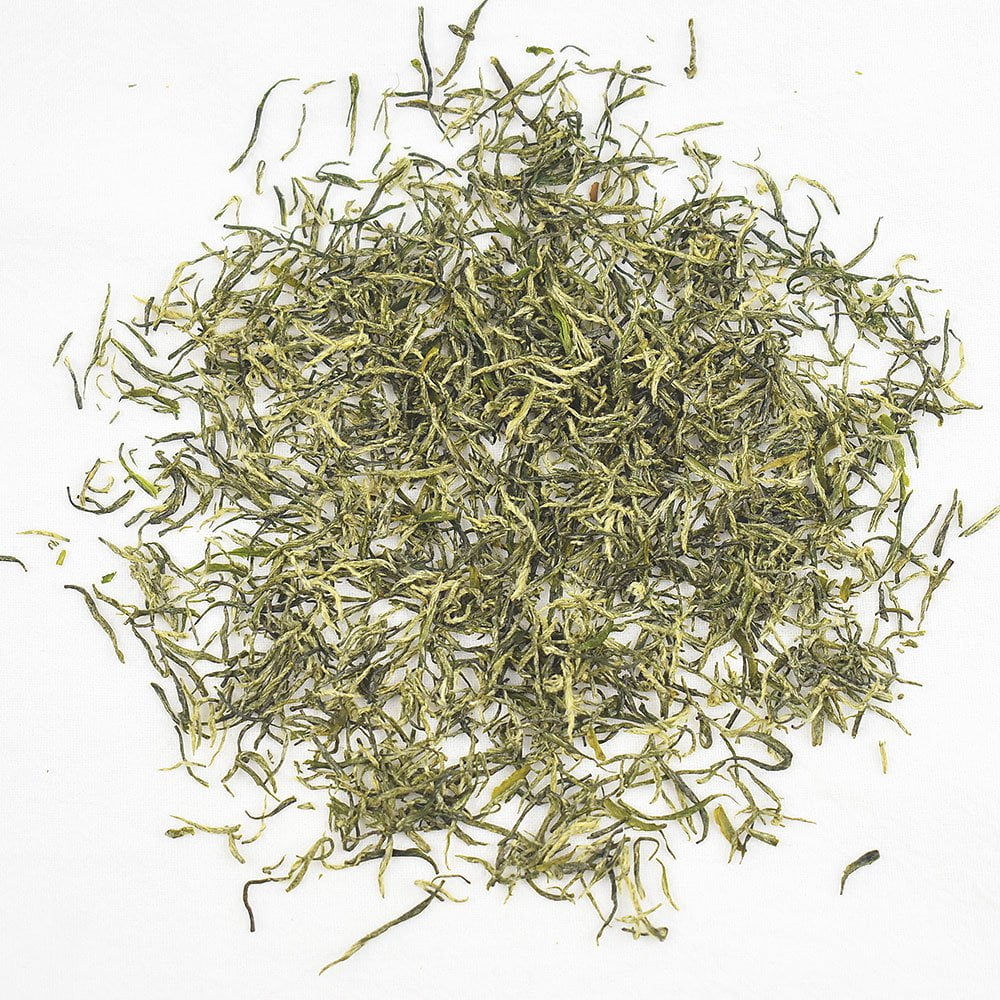
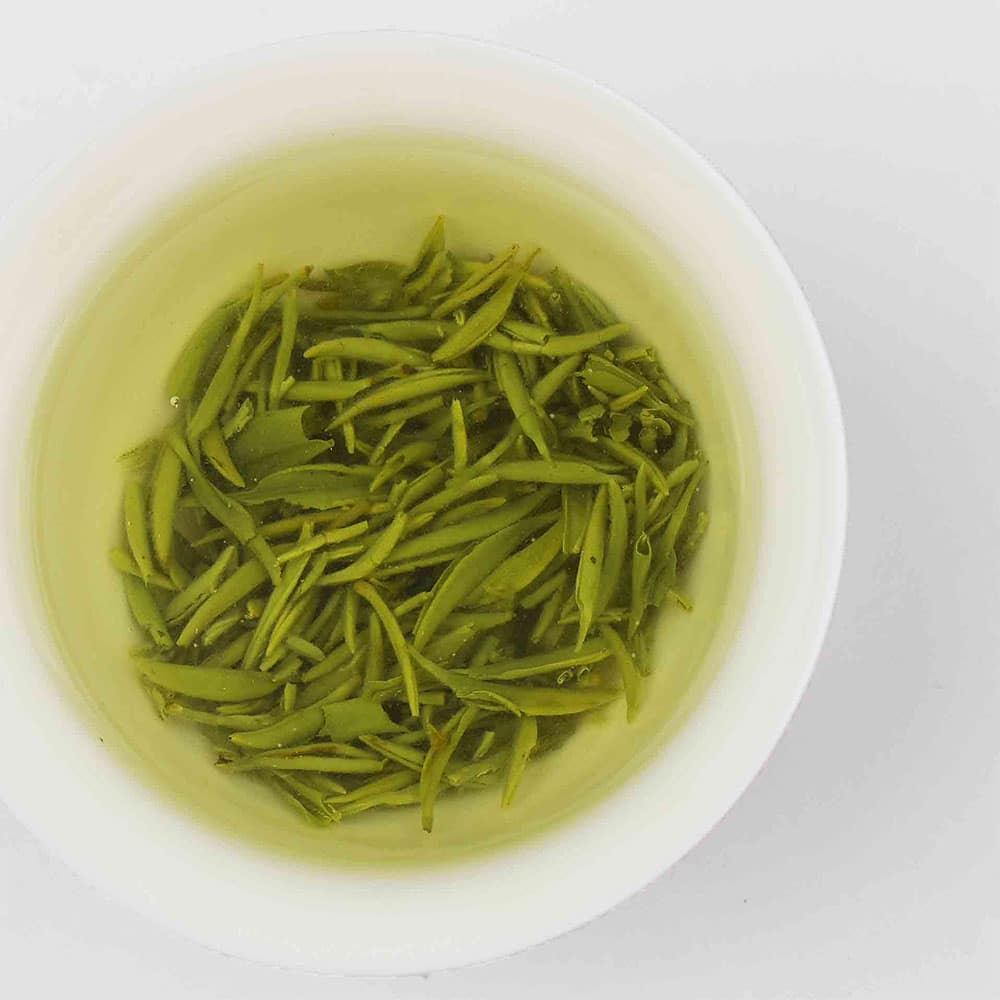
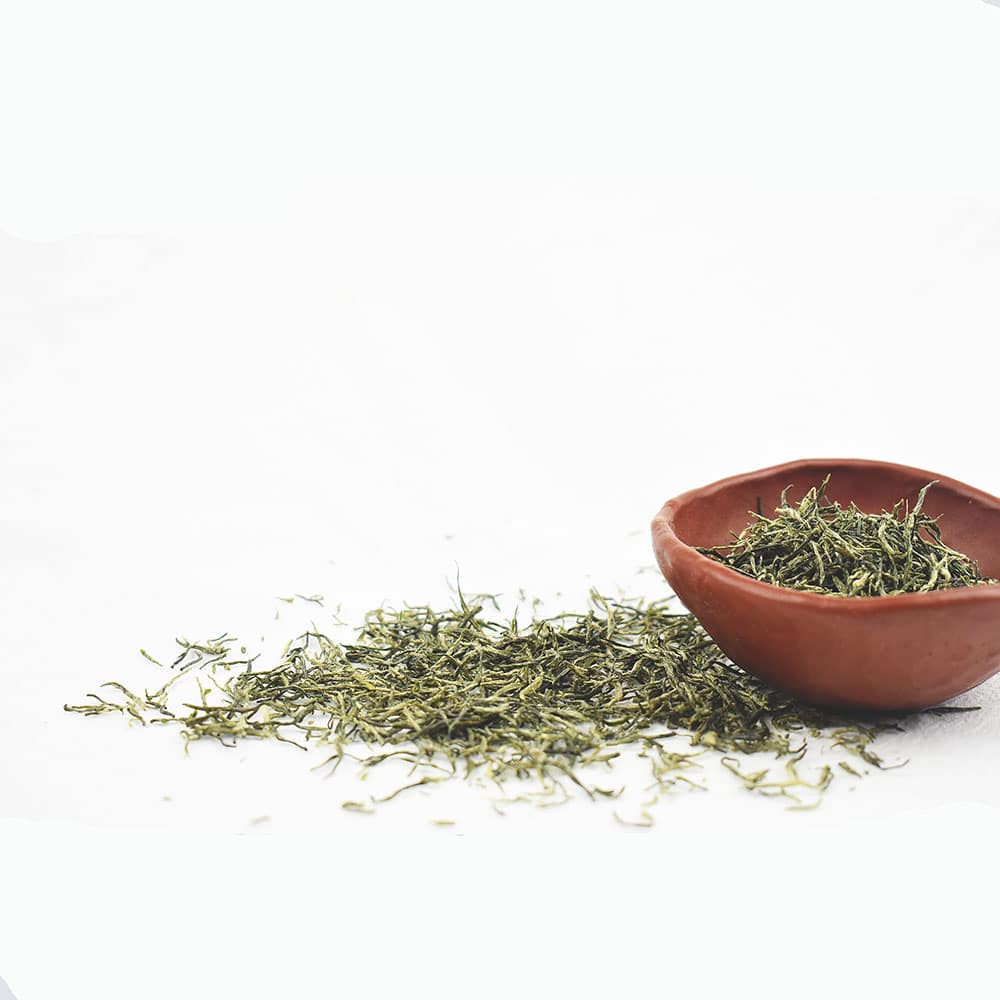
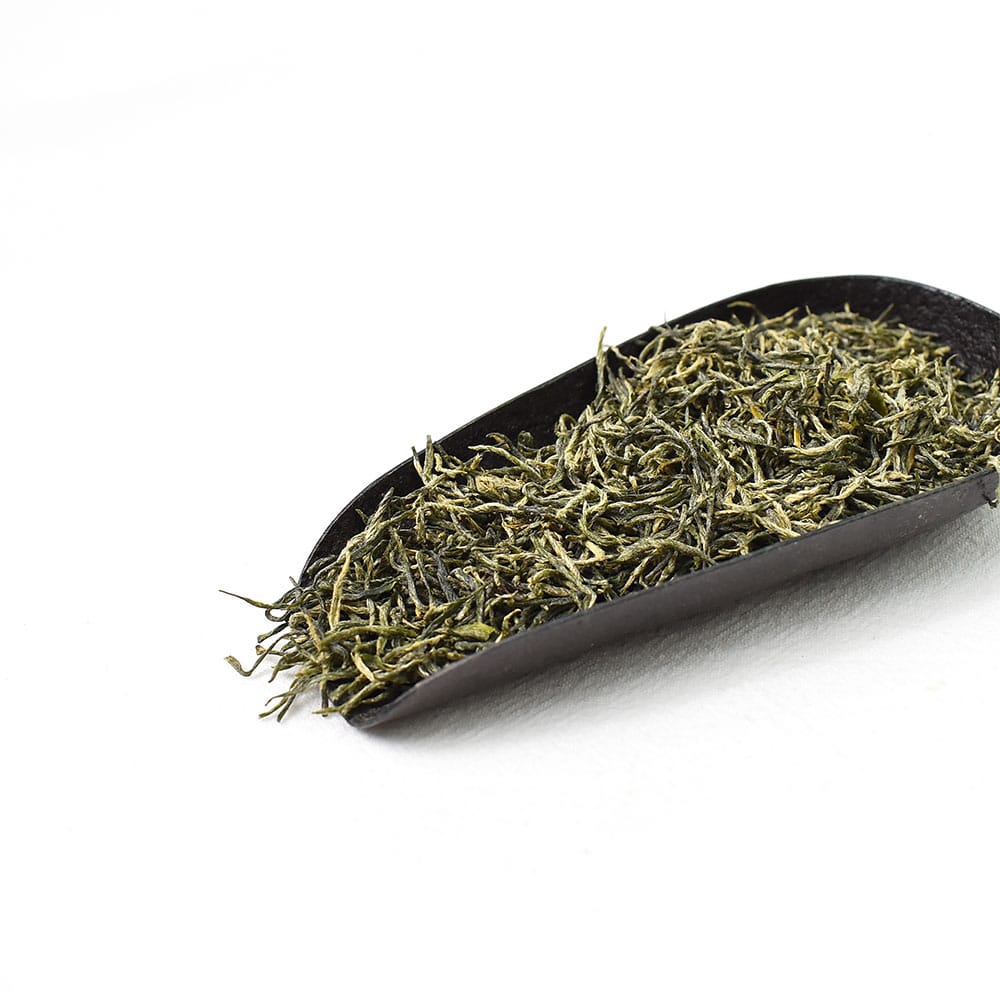

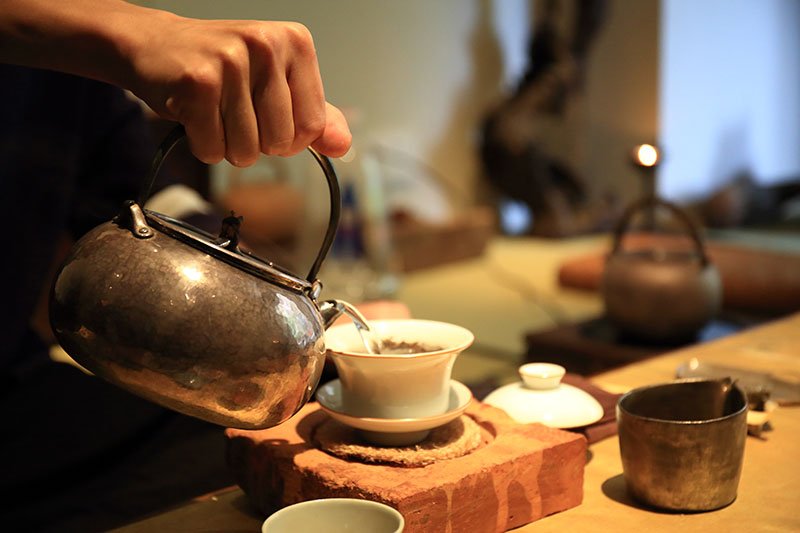
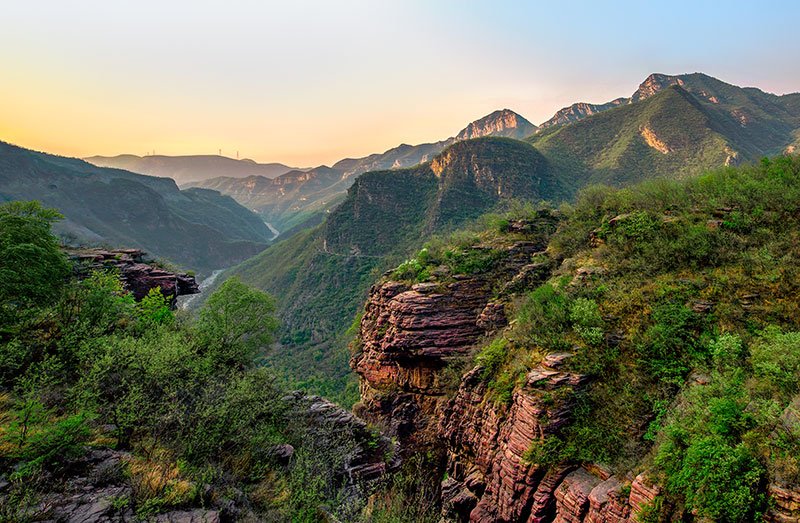
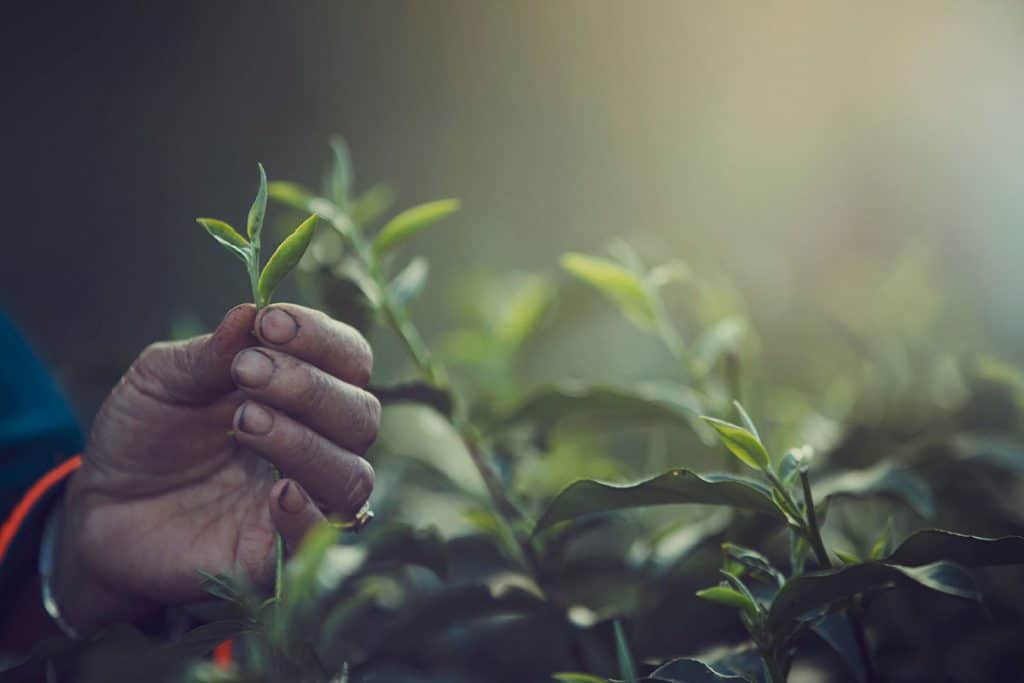
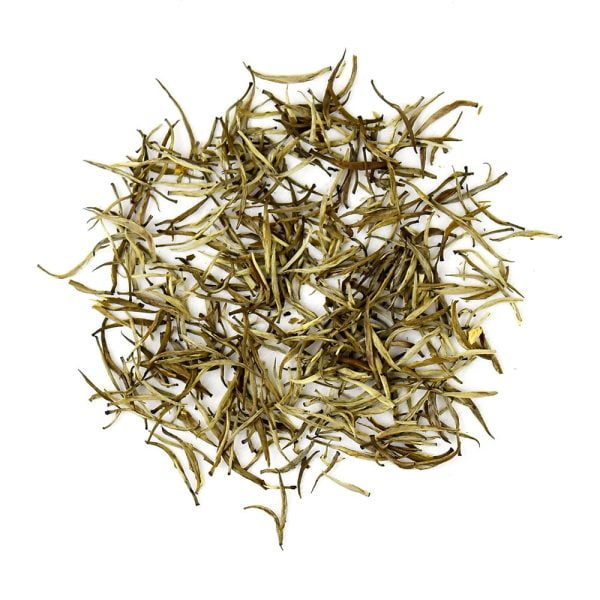
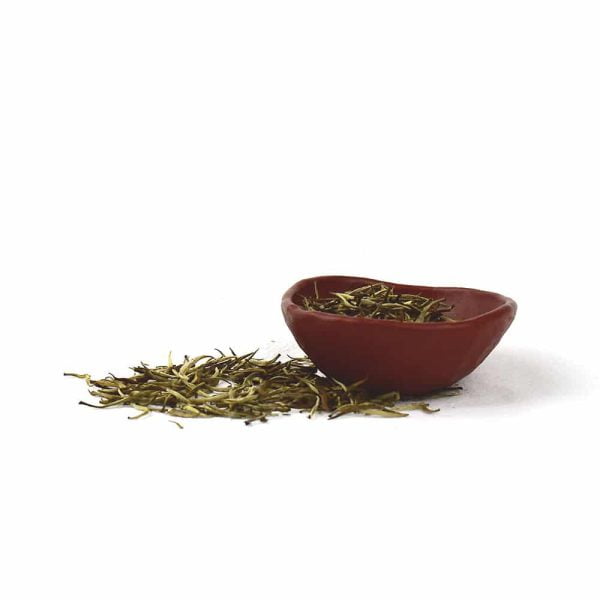
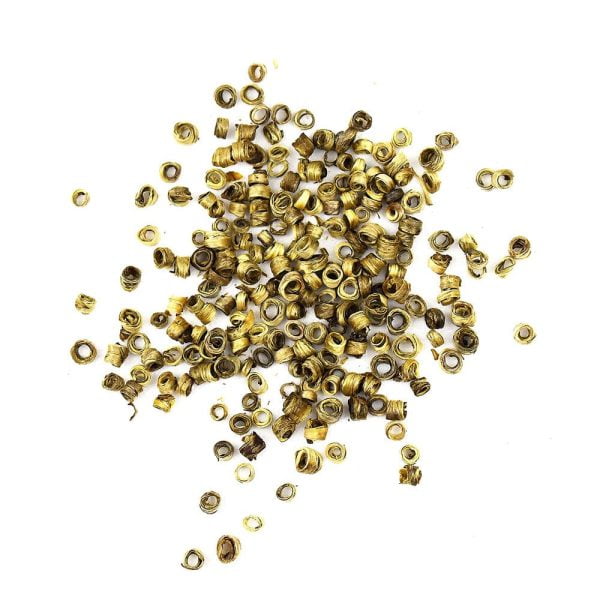
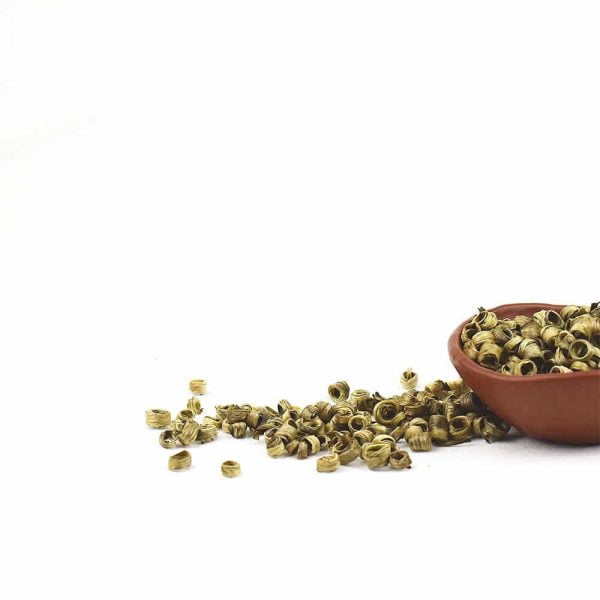
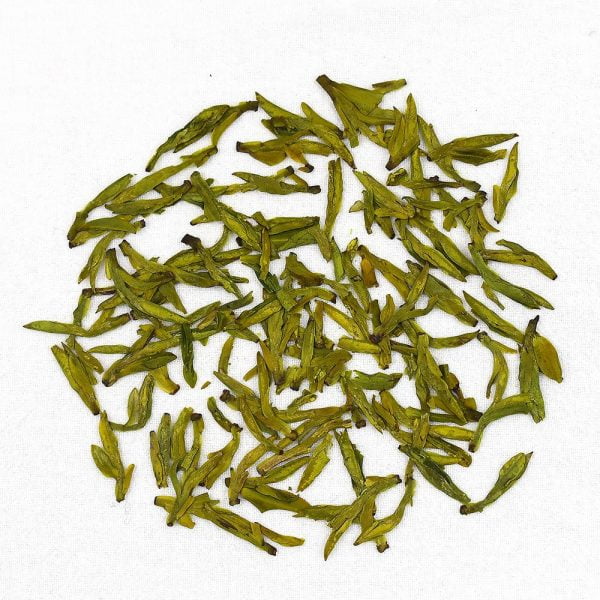
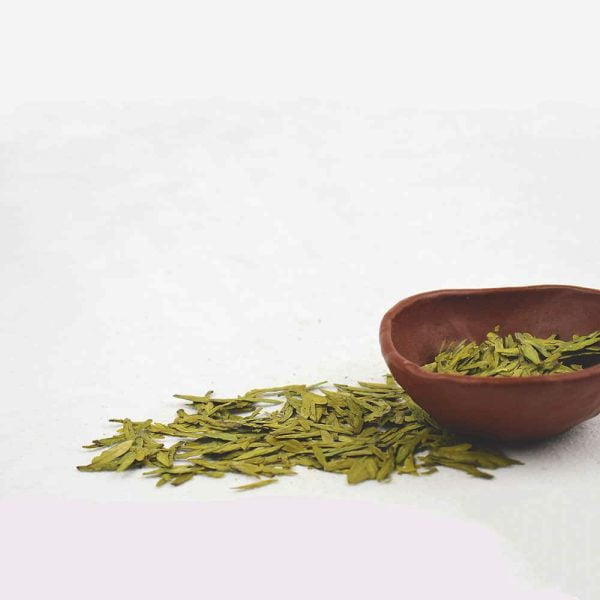


Lucy –
This is a wonderful green tea. Great way to get a much-needed burst of energy
Bianca –
I drink this tea when I need a detox. It leaves me energised and is great for my digestion. Highly recommend.
Emily –
A good choice as an everyday green tea that has a good balance of freshness and sweetness.
Gabe N. –
This is an affordable green tea that tastes beautiful. Crisp and strong. A great pick me up. Merry Christmas!
Zac H. –
Great for a burst of energy. Nice and delicious tea and the best green tea I’ve tried.
Alannah R. –
It’s flavour is very pleasant very similar to a good loose leaf green tea, but with a bit more richness to the aftertaste. It also has a little more toastiness than regular green tea, like true Oolong.
Robert L. –
I am gifted this Green Tea by my sister.If I tell you my experience with this green Tea is really awesome. My stomach gets cleaned. I also feel less tired, lite and healthy.